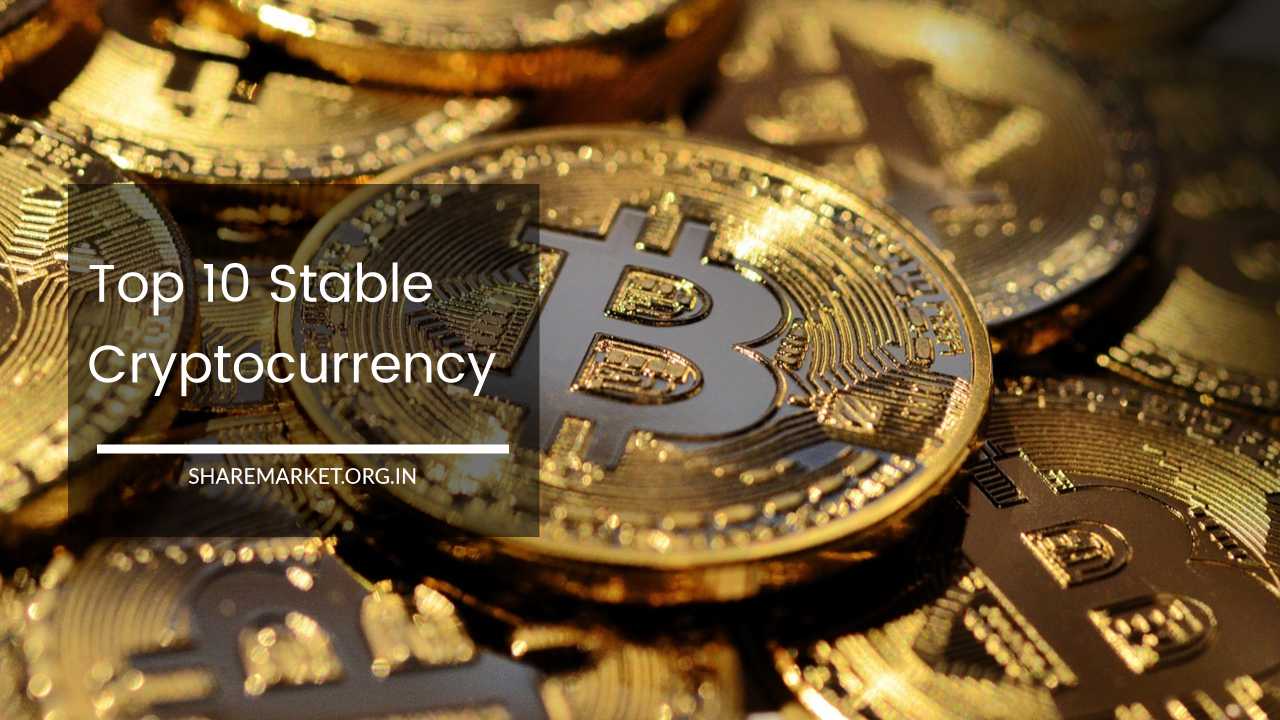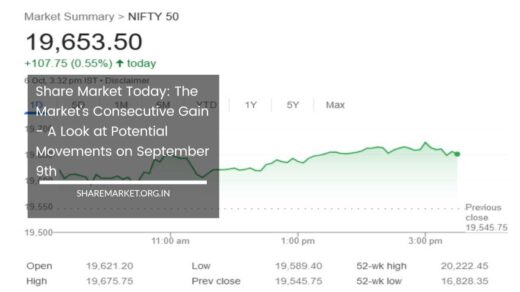Top 10 Stable Cryptocurrency

Cryptocurrency
Top 10 Stable Cryptocurrencies: A Comprehensive Guide
The cryptocurrency market has seen dramatic growth in recent years, but its notorious volatility has often been a barrier to mainstream adoption. Stablecoins have emerged as a solution, providing stability amid the market’s fluctuations.
These digital assets are designed to maintain a steady value, typically pegged to a fiat currency like the US dollar or a commodity such as gold. In this guide, we will explore the top 10 stablecoins, examining their mechanisms, use cases, and potential implications for the financial ecosystem.
Understanding Stablecoins
Before delving into the top stablecoins, it is essential to understand what stablecoins are and how they function.
What Are Stablecoins?
Stablecoins are a class of cryptocurrencies designed to maintain a stable value relative to a specific asset or basket of assets. This stability is achieved through various mechanisms that mitigate the inherent volatility associated with most cryptocurrencies.
Stablecoins are often used as a bridge between traditional financial systems and the cryptocurrency market, offering a more predictable value in an otherwise unpredictable landscape.
Types of Stablecoins
Stablecoins can be categorized into several types based on their underlying mechanisms:
Fiat-Collateralized Stablecoins
These stablecoins are backed by reserves of fiat currency held in a bank account or similar institution. The value of the stablecoin is directly tied to the value of the fiat currency it is pegged to. Examples include:
- Tether (USDT)
- USD Coin (USDC)
- Pax Dollar (USDP)
Crypto-Collateralized Stablecoins
These stablecoins are backed by other cryptocurrencies. To account for the volatility of the collateral, these stablecoins are often over-collateralized. This means that the value of the collateral exceeds the value of the stablecoins issued. A prominent example is:
- Dai (DAI)
Algorithmic Stablecoins
Algorithmic stablecoins do not rely on collateral but instead use algorithms and smart contracts to control their supply and demand, aiming to maintain a stable value. One notable example that faced challenges is:
- TerraUSD (UST)
Commodity-Backed Stablecoins
These stablecoins are pegged to the value of physical commodities such as gold or oil. By tying their value to a tangible asset, they aim to provide stability. An example is:
- Digitex Futures (DGX)
Benefits of Stablecoins
Stablecoins offer several advantages that make them appealing in the financial ecosystem:
Stability
The primary benefit of stablecoins is their price stability. Unlike traditional cryptocurrencies, which can experience significant price swings, stablecoins are designed to maintain a steady value. This stability makes them suitable for various financial transactions, including payments, remittances, and savings.
Efficiency
Transactions involving stablecoins are often faster and more cost-effective compared to traditional banking systems.
The use of blockchain technology allows for near-instantaneous transfers and reduced transaction fees, enhancing the efficiency of financial transactions.
Accessibility
Stablecoins can be accessed globally, providing a financial solution that transcends geographical barriers. This global accessibility is particularly valuable in regions with limited access to traditional banking services.
Transparency
Many stablecoins operate on transparent blockchains, offering visibility into their operations. This transparency helps build trust among users and investors by allowing them to track the stability and backing of the stablecoins.
Top 10 Stablecoins
Below are the top 10 stablecoins, each with its unique features and mechanisms:
1. Tether (USDT)
- Overview: Tether is the most widely used stablecoin by market capitalization. It was initially claimed to be fully backed by US dollars held in reserve.
- Controversies: Recent controversies have raised questions about the true extent of its reserves and transparency.
- Use Cases: USDT is extensively used for trading and payments across various cryptocurrency exchanges.
2. USD Coin (USDC)
- Overview: USD Coin is backed by a reserve of US dollars held in regulated financial institutions. It is known for its transparency and regulatory compliance.
- Popularity: USDC has gained traction due to its clear backing and adherence to regulatory standards.
- Use Cases: It is utilized for remittances, decentralized finance (DeFi) applications, and as a stable medium of exchange.
3. Binance USD (BUSD)
- Overview: Issued by Binance, a leading cryptocurrency exchange, BUSD is regulated by the New York State Department of Financial Services (NYDFS).
- Transaction Fees: BUSD offers low transaction fees and is integrated into the Binance ecosystem.
- Use Cases: It is widely used for trading within the Binance platform and across various DeFi protocols.
4. Dai (DAI)
- Overview: Dai is a decentralized stablecoin based on the Ethereum blockchain. It maintains its value through a system of over-collateralization and governance tokens.
- Mechanism: Unlike fiat-collateralized stablecoins, Dai’s stability is maintained through a decentralized system involving smart contracts and collateral.
- Use Cases: Dai is used in various DeFi applications and as a stable asset for trading and savings.
5. Pax Dollar (USDP)
- Overview: Pax Dollar is fully backed by US dollars held in custody accounts. It is regularly audited to ensure transparency.
- Regulatory Compliance: USDP adheres to regulatory standards and undergoes frequent audits to verify its backing.
- Use Cases: It is used for trading, remittances, and as a stable value asset in various financial applications.
6. TrueUSD (TUSD)
- Overview: TrueUSD is backed by US dollars held in escrow accounts and is known for its regular audits and regulatory compliance.
- Transparency: The transparency and security of TUSD are enhanced through its escrow system and auditing practices.
- Use Cases: TUSD is employed in trading, remittances, and as a stable asset in financial transactions.
7. Gemini Dollar (GUSD)
- Overview: Issued by the Gemini exchange, GUSD is fully backed by US dollars held in custody accounts. It is regulated and audited to ensure compliance.
- Issuer: Gemini is a well-known exchange operated by the Winklevoss twins, adding credibility to GUSD.
- Use Cases: GUSD is used for trading on the Gemini platform and other exchanges, as well as in various DeFi applications.
8. USDC Black (USDC.B)
- Overview: USDC Black is a version of USD Coin designed specifically for institutional investors. It offers similar features to USDC but with added security measures.
- Features: Enhanced security and compliance features cater to institutional needs.
- Use Cases: It is primarily used by institutional investors and large-scale transactions requiring added security.
9. Circle Euro Coin (EUROC)
- Overview: Circle Euro Coin is pegged to the Euro, providing exposure to the European currency. It is backed by Euro deposits held in regulated financial institutions.
- Regulatory Compliance: EUROC adheres to regulatory standards in Europe and offers a stable value relative to the Euro.
- Use Cases: It is used for transactions involving the Euro and in DeFi applications across European markets.
10. FRAX
- Overview: FRAX is a fractional-reserve algorithmic stablecoin, combining collateral and algorithmic reserves to maintain price stability.
- Mechanism: It employs a unique approach by utilizing both collateral and algorithms to manage its stability.
- Use Cases: FRAX is used in various DeFi applications and as a stable asset for trading and investment purposes.
Challenges and Considerations
While stablecoins offer several advantages, they also face various challenges that users and investors should consider:
Regulatory Uncertainty
The regulatory landscape for stablecoins is continually evolving. Different jurisdictions have varying rules and regulations, which can impact the operation and acceptance of stablecoins. Staying informed about regulatory developments is crucial for users and investors.
Market Risk
Although designed to be stable, stablecoins are not immune to market risks. External factors, such as changes in market sentiment or economic conditions, can affect their value. It is essential to monitor the stability mechanisms and reserve management of stablecoins.
Counterparty Risk
Fiat-collateralized stablecoins rely on the stability of the issuing institution. If the institution holding the reserves faces financial difficulties or issues with reserve management, it could impact the stability and reliability of the stablecoin.
Algorithmic Risks
Algorithmic stablecoins, which use algorithms and smart contracts to maintain stability, are susceptible to market manipulation and sudden price crashes. Ensuring the robustness of the underlying algorithms and smart contracts is crucial for maintaining stability.
Final Remarks
Stablecoins have become a significant component of the cryptocurrency ecosystem, bridging the gap between traditional finance and the digital world.
Their ability to maintain price stability, coupled with the efficiency of blockchain technology, has the potential to revolutionize various industries.
However, it is essential for investors and users to carefully evaluate the risks associated with different stablecoins. As the regulatory landscape continues to evolve, the stablecoin market is likely to experience further growth and innovation, shaping the future of digital finance.
By understanding the mechanisms, benefits, and challenges of stablecoins, individuals and institutions can make informed decisions and harness the potential of these digital assets in their financial strategies.

















